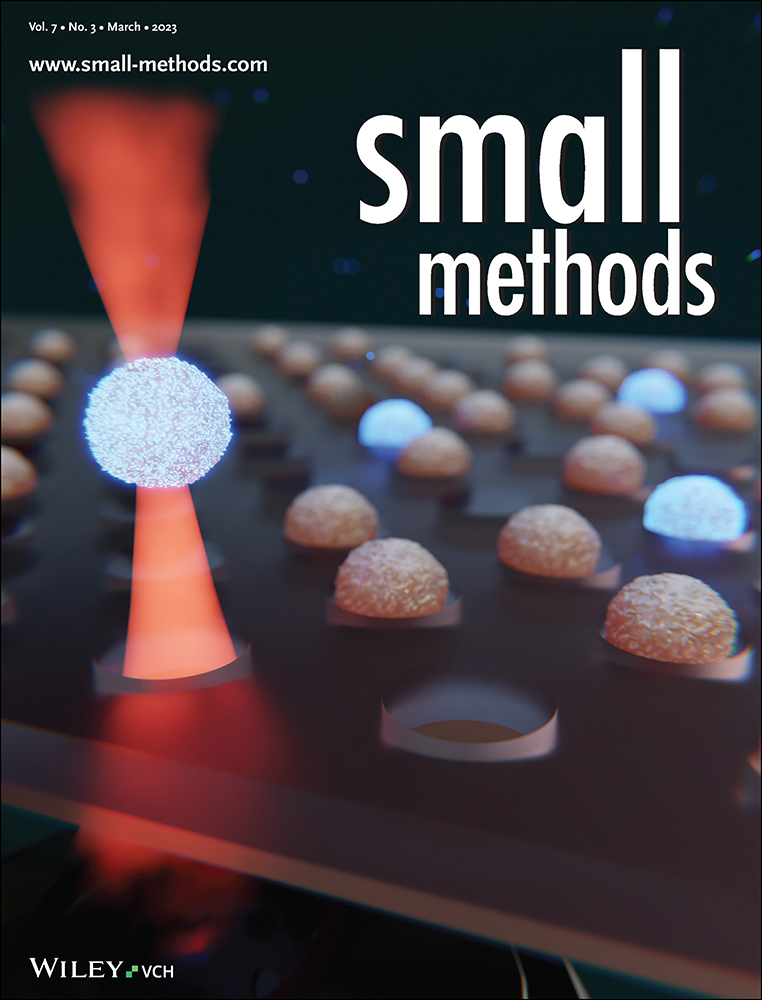Low-Power, Multi-Transduction Nanosensor Array for Accurate Sensing of Flammable and Toxic Gases
Abstract
Toxic and flammable gases pose a major safety risk in industrial settings; thus, their portable sensing is desired, which requires sensors with fast response, low-power consumption, and accurate detection. Herein, a low-power, multi-transduction array is presented for the accurate sensing of flammable and toxic gases. Specifically, four different sensors are integrated on a micro-electro-mechanical-systems platform consisting of bridge-type microheaters. To produce distinct fingerprints for enhanced selectivity, the four sensors operate based on two different transduction mechanisms: chemiresistive and calorimetric sensing. Local, in situ synthesis routes are used to integrate nanostructured materials (ZnO, CuO, and Pt Black) for the sensors on the microheaters. The transient responses of the four sensors are fed to a convolutional neural network for real-time classification and regression of five different gases (H2, NO2, C2H6O, CO, and NH3). An overall classification accuracy of 97.95%, an average regression error of 14%, and a power consumption of 7 mW per device are obtained. The combination of a versatile low-power platform, local integration of nanomaterials, different transduction mechanisms, and a real-time machine learning strategy presented herein helps advance the constant need to simultaneously achieve fast, low-power, and selective gas sensing of flammable and toxic gases.
Conflict of Interest
The authors declare no conflict of interest.
Open Research
Data Availability Statement
Research data are not shared.




